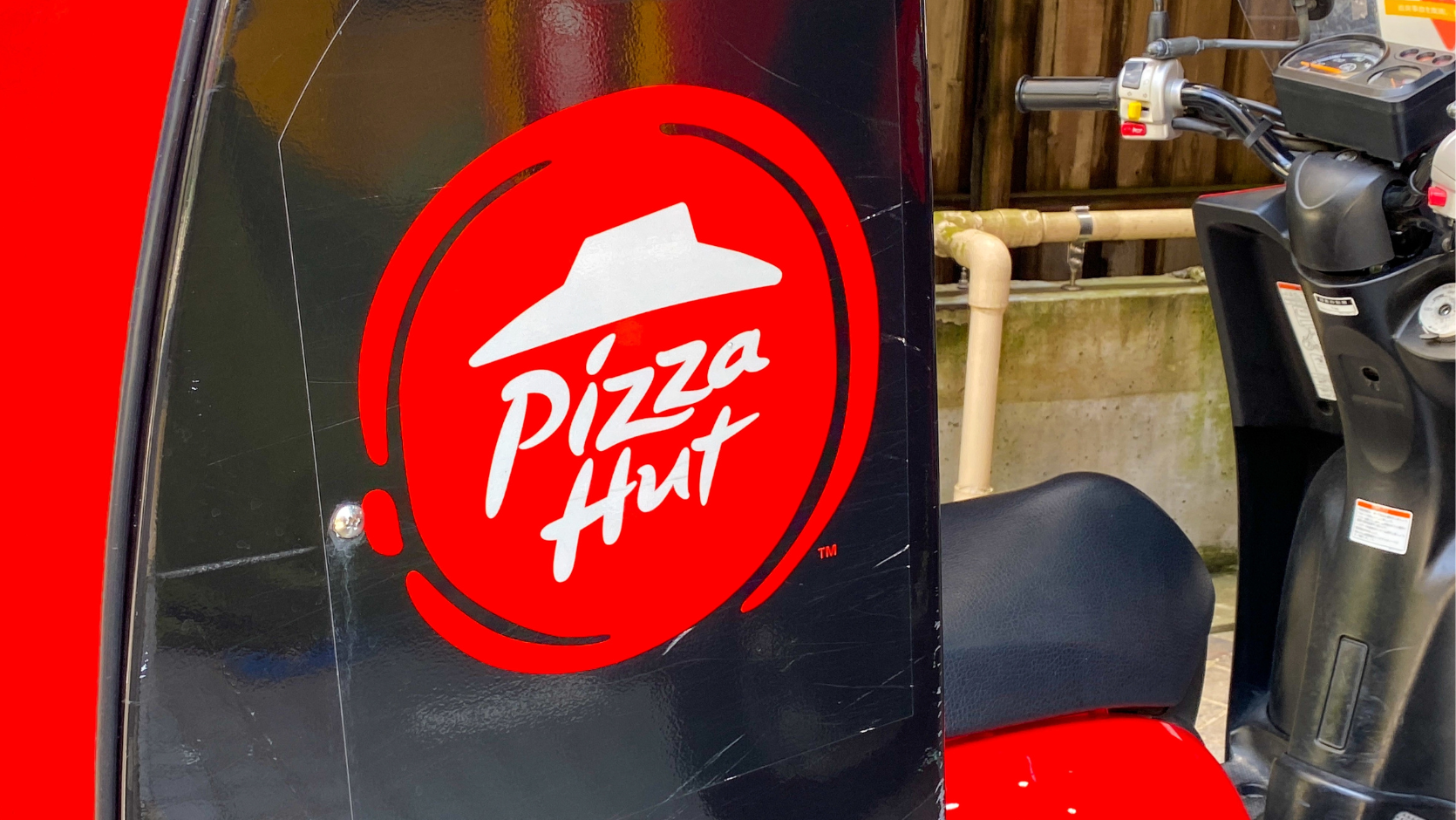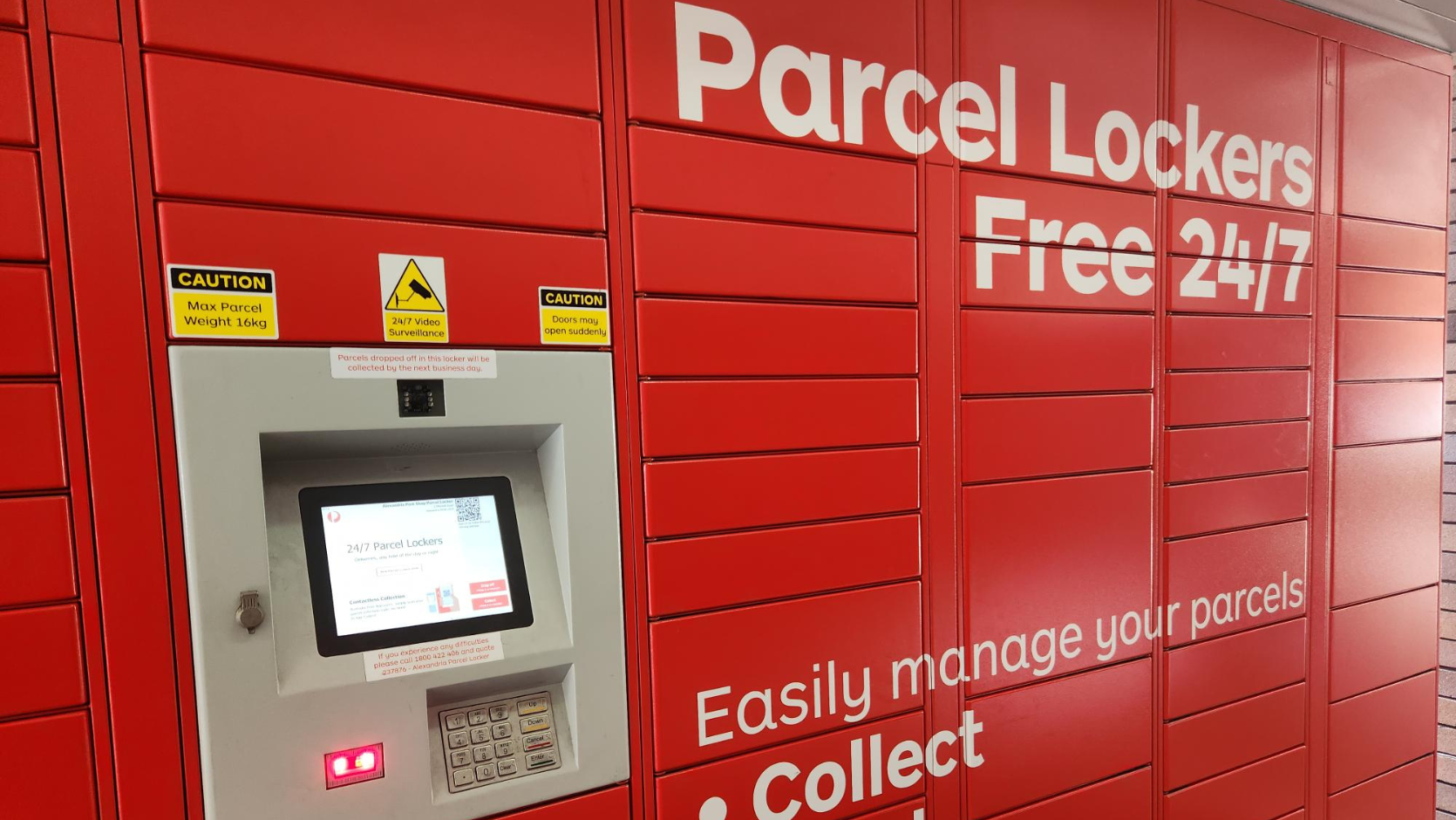The Facts
Easement to park and garage vehicles created over waterside property
Two landowners owned neighbouring harbourside properties (Property A and Property B) in the eastern suburbs of Sydney. The properties were at the back of a larger block and were both accessed from the street by way of a long, narrow driveway. At the end of the driveway there was a wider area belonging to Property A on which two garages had been built side-by-side, a single garage and a double garage.
In 1990, an easement was granted in favour of Property B over an area approximately 3m x 16m in size, which comprised the single garage and the area immediately in front of it (“the easement area”).
An easement is a legal right to use someone else’s land for a specific limited purpose, most commonly in the form of a right of way or for services such as water or sewerage.
Terms of easement to park and garage vehicles
The terms of the easement purported to give the Property B owners the legal rights to:
- Stand, park and garage vehicles from time to time and at all times in the single garage and the area immediately in front of it
- Keep, maintain in good repair and replace the garage structure
- Keep closed any doors or gates on the garage structure
Landowners construct garages and vehicle turntable
The owners of Property B, who had lived at the property since 1970, had been in the habit for many years of using the easement area to park two vehicles – one in the single garage and one immediately in front of that garage.
The owners of Property A had installed a vehicle turntable in front of the double garage, which meant that they could easily turn their vehicles around when leaving the property, rather than having to reverse down the narrow laneway.
New owners move in and dispute arises
In May 2015, Property A was sold and a new owner moved in. By that time, the vehicle turntable in front of the double garage had not been operational for some years.
The new owners found they had considerable difficulty reversing down the narrow laneway. Without the vehicle turntable, the only way they could turn their car around after parking it in the double garage was to reverse out and utilise the area immediately in front of the single garage to perform a three-point turn.
The new owners of Property A spoke to the Property B owners and asked that they not park in the area immediately in front of the single garage. The owners of Property B repeatedly ignored the request and a dispute between them arose.
Police were called to the property in November 2015 when the Property A owners parked their car in a way that blocked access to the easement area. Various other incidents took place between the warring neighbours and police were again called to mediate the dispute in August 2016.
Property B owners seek Supreme Court declaration that easement is valid
As a result of the escalating dispute and the various allegations being made, the Property B owners applied to the Supreme Court for a declaration that the easement gave them a valid right to park their cars on the easement area. The owners of Property B also sought an injunction to restrain the Property A owners from interfering with their rights under the easement.
The Property A owner filed a cross claim, seeking a declaration that the easement was not valid or enforceable.














Expert commentary on the court's decision
Court finds that the easement to park and garage vehicles is valid and enforceable
In Towers v Stolyar [2017] NSWSC 526, the Supreme Court found that an easement for parking and garaging vehicles was valid. The court found that the rights granted by the easement did not deprive the owner of the land burdened by the easement, Mrs Stolyar, of her rights or proprietorship or possession in respect of the easement area or the balance of her land.
The land was able to be used as a residence and the easement area was able to be accessed and built upon by Mrs Stolyar, subject to the rights contained in the easement.
The court agreed with the arguments for the owners having the benefit of the easement, Mr and Mrs Towers, that the easement for parking and garaging vehicles was valid and capable of being the subject matter of an easement.
Alleged right to build larger structure and lock gates on easement
The court rejected the argument that the terms of the easement conferred a right to the neighbours to build a structure larger, or of a different character, to the structure on the easement that is being replaced.
Similarly, the court rejected the argument that the terms of the easement conferred a right to lock doors or gates to car parking structures so as to prevent use of or access to the structures.
As a result, Mr and Mrs Towers were free to continue utilising the easement for parking and garaging their vehicles.
Court decides not to grant injunction
Mr and Mrs Towers had applied for an injunction restraining their neighbours from interfering with their rights under the easement to park and garage vehicles.
The court decided that the need for such an injunction had been “removed somewhat”, on the assumption that the Stolyars would abide by whatever was decided by the court.
Costs, appeal and more costs
The court determined that the Stolyars were to pay the legal costs incurred by Mr and Mrs Towers in pursuing the legal action in the Supreme Court.
In 2018 the Stolyars appealed the decision in the Court of Appeal of the Supreme Court of NSW, in Stolyar v Towers [2018] NSWCA 6.
The appeal was dismissed and the right of Mr and Mrs Towers to use the easement for parking and garaging vehicles was upheld again.
Once again, the court decided that the Stolyars were to pay the legal costs incurred by Mr and Mrs Towers.
What began as a simple dispute between neighbours ended up being a very costly legal exercise for one of them.